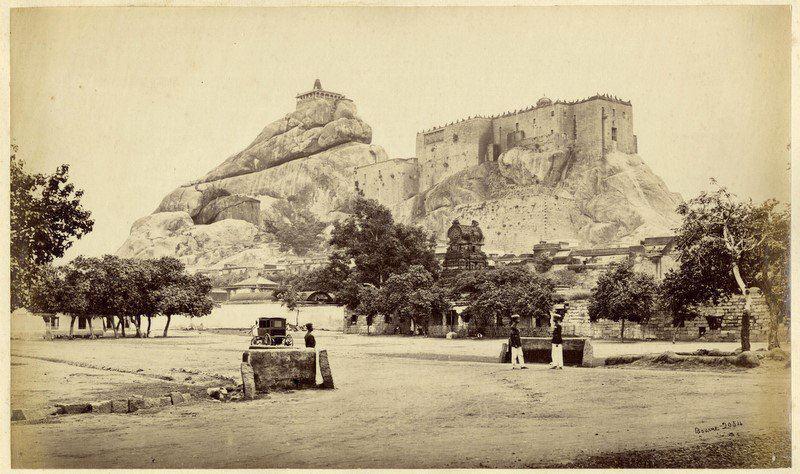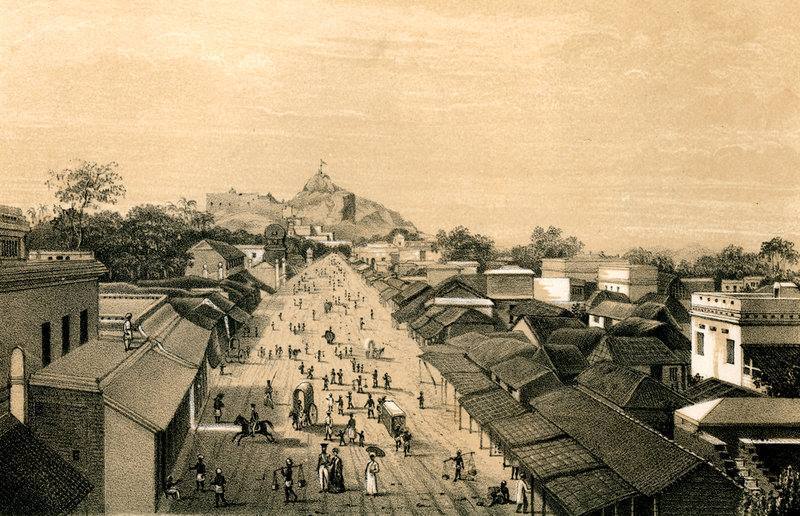Interested to know about...
Tiruchirappalli City
History Of Our City
Tiruchirapalli is one of the oldest inhabited cities in Tamil Nadu. Situated on the banks of River Cauvery, Tiruchirappalli was the citadel of the Early Cholas. It is mentioned by Ptolemy in the 2nd century BC. Uraiyur, which served as the capital of the Early Cholas from the 3rd century BC to the 3rd century AD is a suburb of present-day Tiruchirapalli. The oldest dam, Kallanai, was built by Karikala Cholan across the River Cauvery. Uraiyur was the capital of Early Cholas.
Uraiyur was known as 'Kozhiyur' during the Sangam period. During the Sangam period, it became a great business center. The excavations conducted here reveal the antiquity and cultural pride of this town. Excavations reveal the trade relationship between Woraiyur and Rome.
The medieval history of Tiruchirapalli begins with the reign of the Pallava king Mahendravarman-I who ruled over South India in the 6th century AD. Mahendravarman laid the foundation of the Rockfort which is regarded as the cultural symbol of the city and is one of the oldest surviving monuments in Tamil Nadu. When the Chola Empire began to decline, Tiruchirapalli was conquered by the Pandyas who ruled from 1216 to 1311 when they were defeated by Malik Kafur. The victorious armies of the Sultanate are believed to have plundered and ravaged the kingdom.
Tiruchirapalli was ruled by the Delhi Sultanate and the Madurai Sultanate from 1311 to 1378 when it was annexed by the Vijayanagar Empire. Tiruchirapalli remained a part of the Vijayanagar Empire and its successor, the Madurai Nayak kingdom till 1736. Under the Madurai Nayak kingdom, Tiruchirapalli was an important stronghold in the wars against the Thanjavur Marathas and later, Chanda Sahib. It served as the capital of the kingdom from 1616 to 1634 and from 1665 to 1736. In 1736, Tiruchirapalli was conquered by Chanda Sahib who ruled the kingdom from 1736 to 1740. Tiruchirappalli was administered by the Maratha general Murari Rao from 1741 to 1743, when it was annexed to the Carnatic kingdom.
The Carnatic kingdom was annexed by the British in 1801 and the English brought Tiruchirappalli and other areas under their control. Trichinopoly was incorporated into the Madras Presidency the same year, and the district of Trichinopoly was formed, with the city of Trichinopoly (or Tiruchirappalli) as its capital.
According to the 1871 Indian census—the first in British India—Tiruchirappalli had a population of 76,530, making it the second largest city in the presidency after the capital of Madras (now Chennai). Tiruchirappalli was the first headquarters for the newly formed South Indian Railway Company in 1874. The City was then under the hegemony of British for about 150 years till the independence of India.


